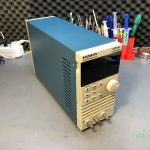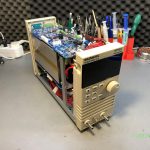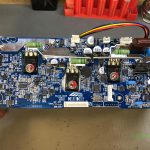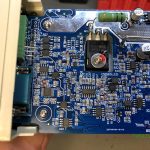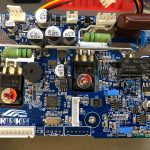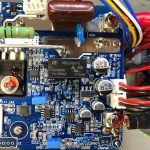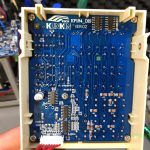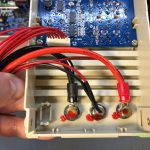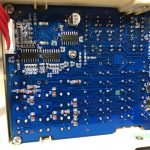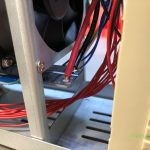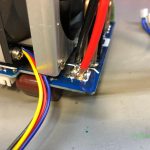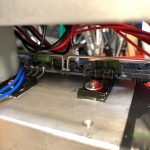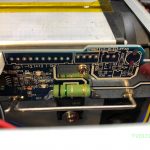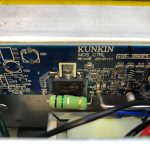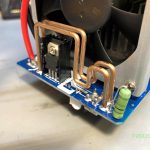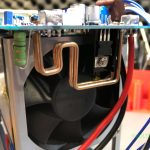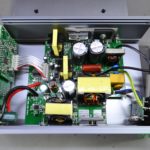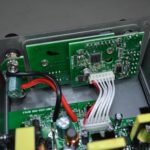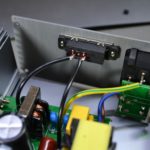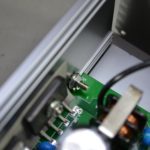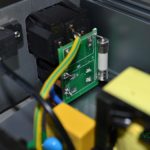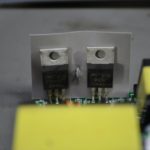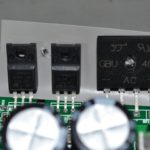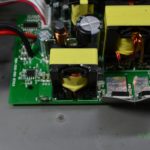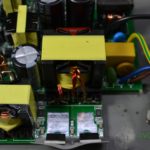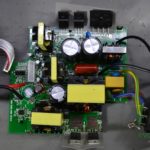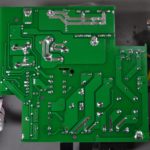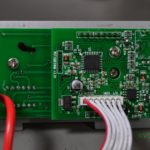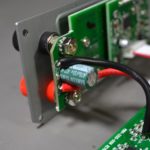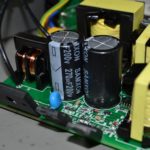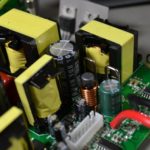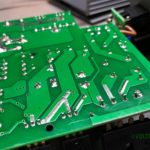In this video I’m going to address the issues I found with the Kunkin KP184 electronic load during the review and teardown of the unit but also some issues people mentioned in the comments. There are 7 things I would like to address in total:
- Binding post internal diameter issue.
- Grounding issue with blue metal enclosure.
- Bad solder joints on thick wires coming to mainboard.
- IRFP250M mosfet safe operating area, fake or genuine?
- Supposed bug in tripping over-power protection.
- Supposed noise in constant current mode loop.
- Calibration procedure.
Nothing changes in terms of this being the best electronic load you can buy in this price range, II like it and I highly recommend it if you need to test power supplies or batteries, I think you will be pleased with this unit. If you would like to see the review or the teardown video I will link those on screen right now so you just have to click somewhere in this area. As always thank you for watching and don’t forget you can support this channel on Patreon.
